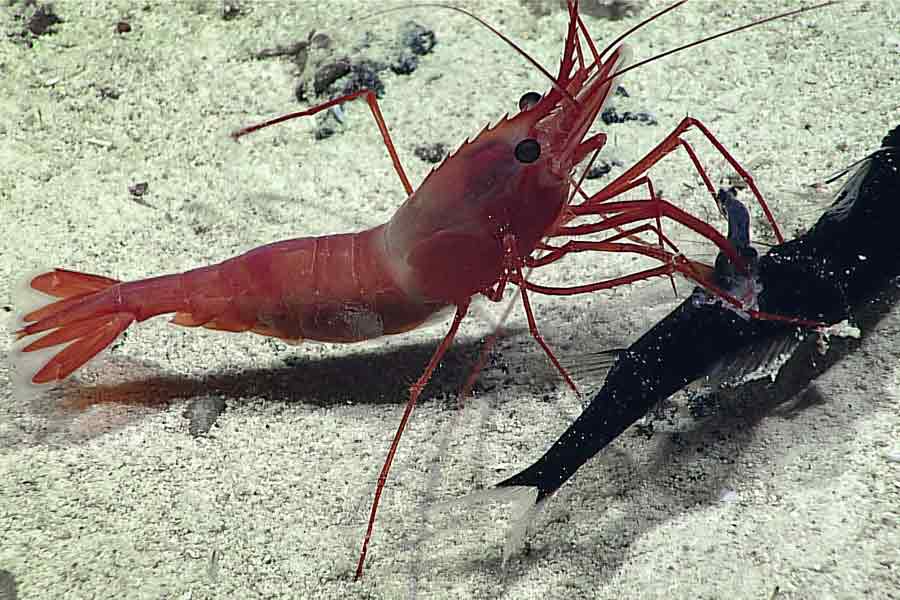
The word «crustacean» suggests lobsters, crabs, and shrimp. But the group is much more extensive. Currently, there are 25,000 different types of crustaceans, ranging from microscopic organisms that are part of marine plankton to the largest ones, truly equipped with a «shell.»
The defense and attack methods of these ingenious creatures are as varied as the number of species. However, perhaps the most unique method belongs to the pistol shrimp, an inhabitant of shallow areas in coral reefs.
This tiny animal generates a «shot» that is actually the sound produced by one of its claws, similar to the sound humans make when snapping their fingers against their palm. The claw closes with such force that it creates a snap, and the resulting shockwave is capable of stunning a small fish that has imprudently approached. Dazed and lacking reaction, the small fish becomes an easy prey for the claws, which quickly shred it and send it into the mouth of this remarkable predator.
The violent snap not only serves to obtain prey but also to prevent the shrimp from becoming one. When a predator approaches the shrimp’s burrow, it uses its «shot» to scare it away and keep it from getting closer. Considering that water transmits sound three times faster than air, one can easily imagine the lethal impact of the shockwave produced by this sound. On occasions when the pistol shrimp is held captive in an aquarium, its sound can be clearly heard throughout the room.
It is said that artisanal fishermen in the South Pacific, often returning to the coast, are caught by nightfall. Without any landmarks on land, they navigate in complete darkness in their small canoes. They hang over the side of the boat and submerge an ear into the water, listening for the «shots» of the pistol shrimp. This alerts them to the proximity of the reef and allows them to avoid shallow waters. These biological beacons light their way home.
«One cannot defend what one does not love, and one cannot love what one does not know.»

